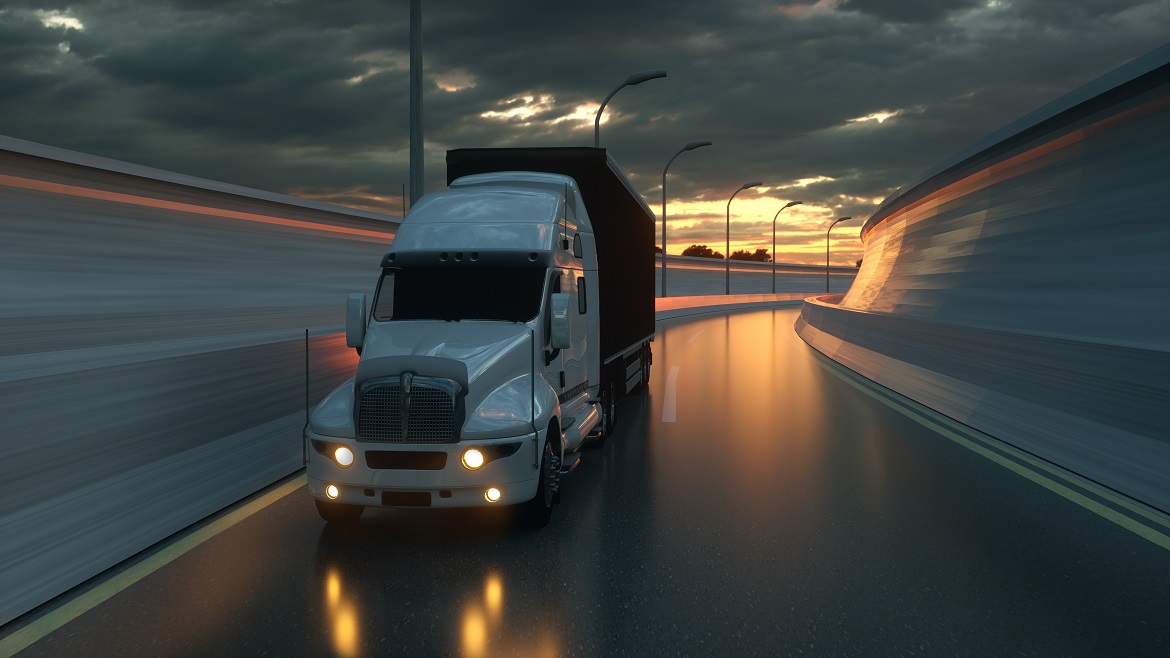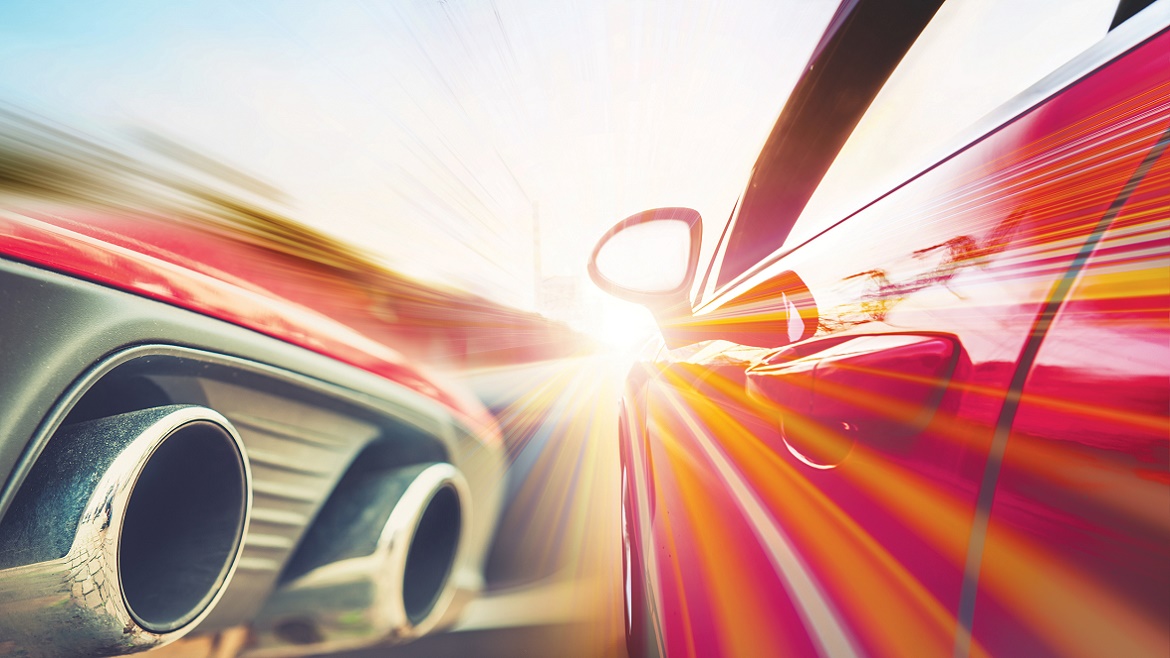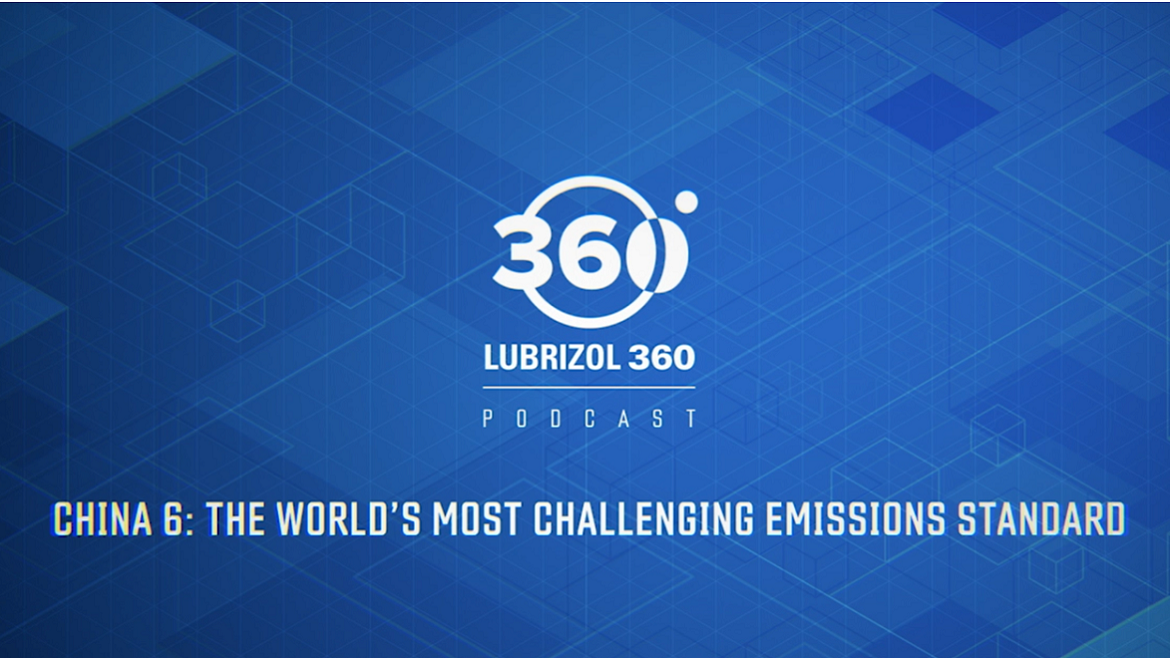Mar 29, 2019
Posted by Keith Howard, Strategic Technology Manager, Ping Zhu, Director of Technology, Asia
For many years, emissions measurement and certification has been performed under laboratory conditions using rolling roads or engine test beds. It was widely recognized that this did not produce the desired air quality improvements for two main reasons:
- Testing was done over a short, defined cycle which covered a limited range of speeds and loads. In reality, a wide range of conditions and driving styles were experienced on the road, often producing much higher emissions levels.
- The vehicles tested were new. Over the vehicle’s lifetime, wear and tear on the engine and driveline, together with the effects of exhaust contaminants on aftertreatment performance, usually result in a deterioration in emissions.
The China 6 legislation addresses these issues in a number of ways. There is still a need to perform laboratory-based testing as this is the only way to get highly accurate, repeatable measurements of emissions. However, this is now complemented by real driving emissions (RDE) requirements. These require the vehicle to be driven on-road, covering a specified range of temperatures, altitudes and driving styles, while measuring emissions using portable emissions measurement system (PEMS) equipment. The results are statistically analyzed to ensure they provide a true reflection of how people actually drive.
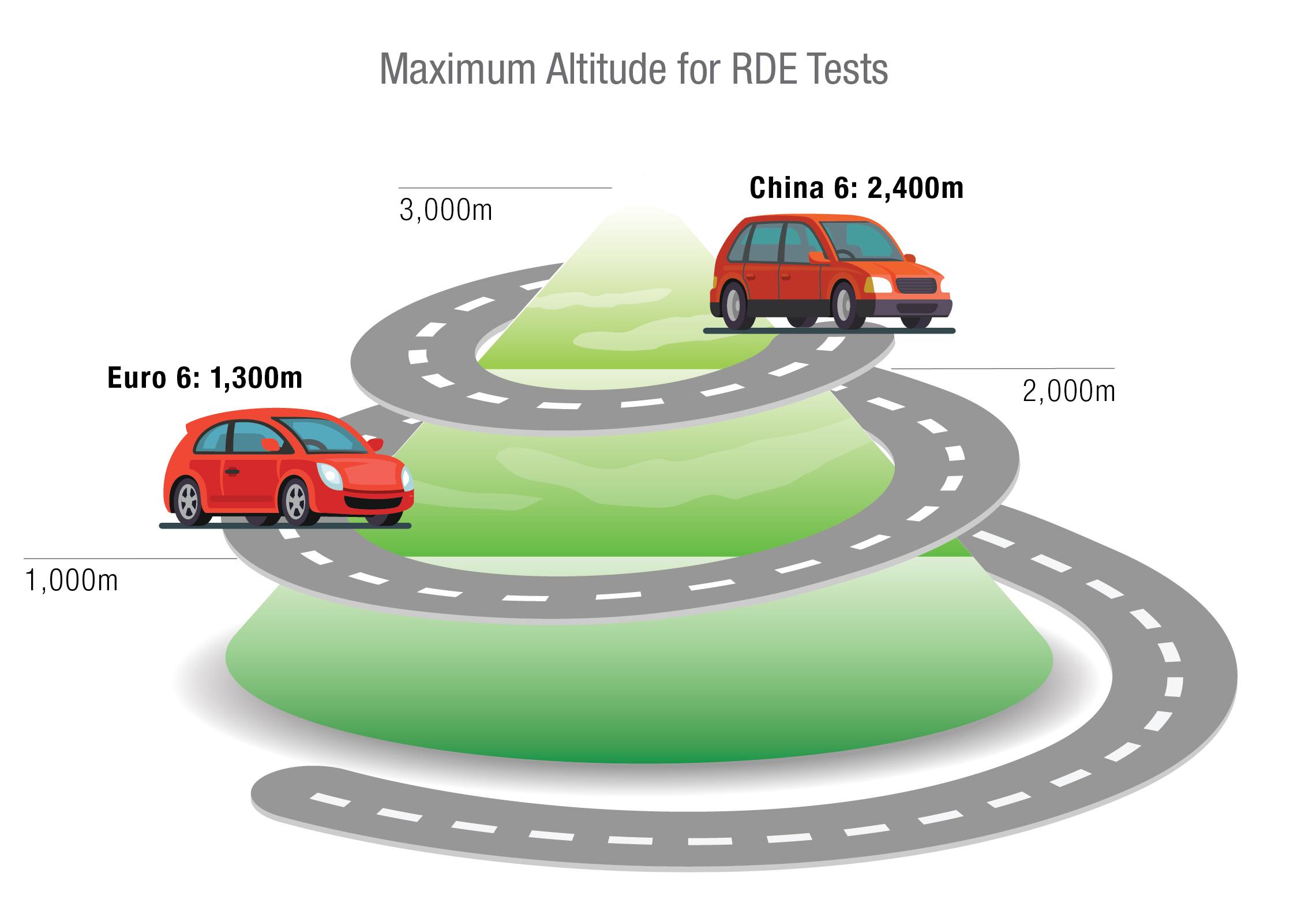
This RDE approach has already been introduced in Europe, but China will add further conditions. These include a higher maximum altitude of 2400m compared to 1300m in Europe. Emissions from non-turbocharged vehicles in particular will suffer under these conditions. For China 6a legislation (from July 2020), RDE results will be monitored without enforcement of limits, before full (China 6b) implementation in 2023. Limits will then be enforced but will include “conformity factors” to allow for the reduced measurement accuracy of on-road testing with portable equipment compared to laboratory testing. The conformity factors will be regularly reviewed with pressure for them to be reduced to bring limits closer the laboratory test cycle values.
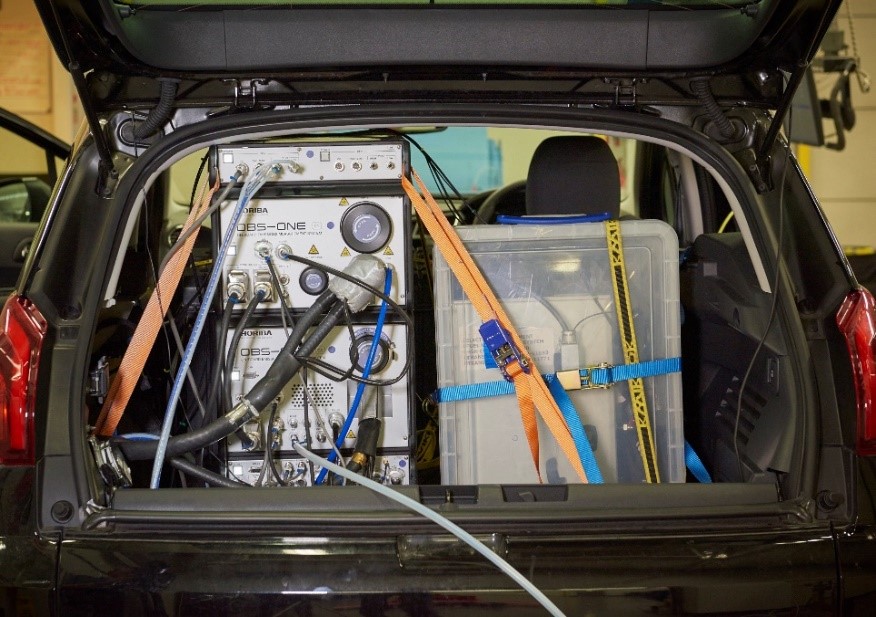
With the gap between laboratory and on-road emissions addressed with RDE testing for new vehicles, the focus turns to what happens over their full lifetime. Why does this matter? Vehicles produce emissions that impact air quality all their life, not just when new. So what vehicles emit towards the end of their life matters at least as much as when new, in terms of air quality. If there is a large deterioration in emissions, it matters more. China 6 will include a number of measures to control such deterioration, including:
- Much more comprehensive rules for in-use compliance: Vehicles must have on-board diagnostics (OBD) for key pollutants and must take action when emissions-related components or systems are identified to experience malfunction. The authority will force the vehicle owner to have the vehicle inspected and repaired. For commercial vehicles, remote OBD or Telematics is required, such that real-time engine and vehicle operating parameters, emissions performance data and ambient conditions will be transmitted to the authority to meet emissions compliance requirements. In addition, remote sensing devices have been installed at many major cities to quickly screen high emitters.
- Emissions durability covering long-term use: OEMs are responsible for ensuring their vehicles operate cleanly for their whole lives. For passenger cars, they must ensure they do so for 160,000km to meet China 6a, rising to 200,000km for China 6b. For commercial heavy-duty vehicles, it will rise to 700,000km. Authorities will be empowered to take vehicles and test them up to this distance. OEMs whose vehicles fail face penalties and damage to their reputation.
So, what does this mean for the fuels and lubricants used in China? Both have a major influence on emissions performance of the engine and the aftertreatment. The emissions durability requirements will mean that OEMs face an urgent need to build in the right lubricant specifications and ensure owners adhere to them. Fuel suppliers need to ensure that they provide high quality fuels which burn cleanly without affecting hardware function over vehicle lifetime. How they will achieve this will be covered in more detail in the remaining articles of our China 6 article series.
If you would like additional information on China 6, please contact your Lubrizol representative:

